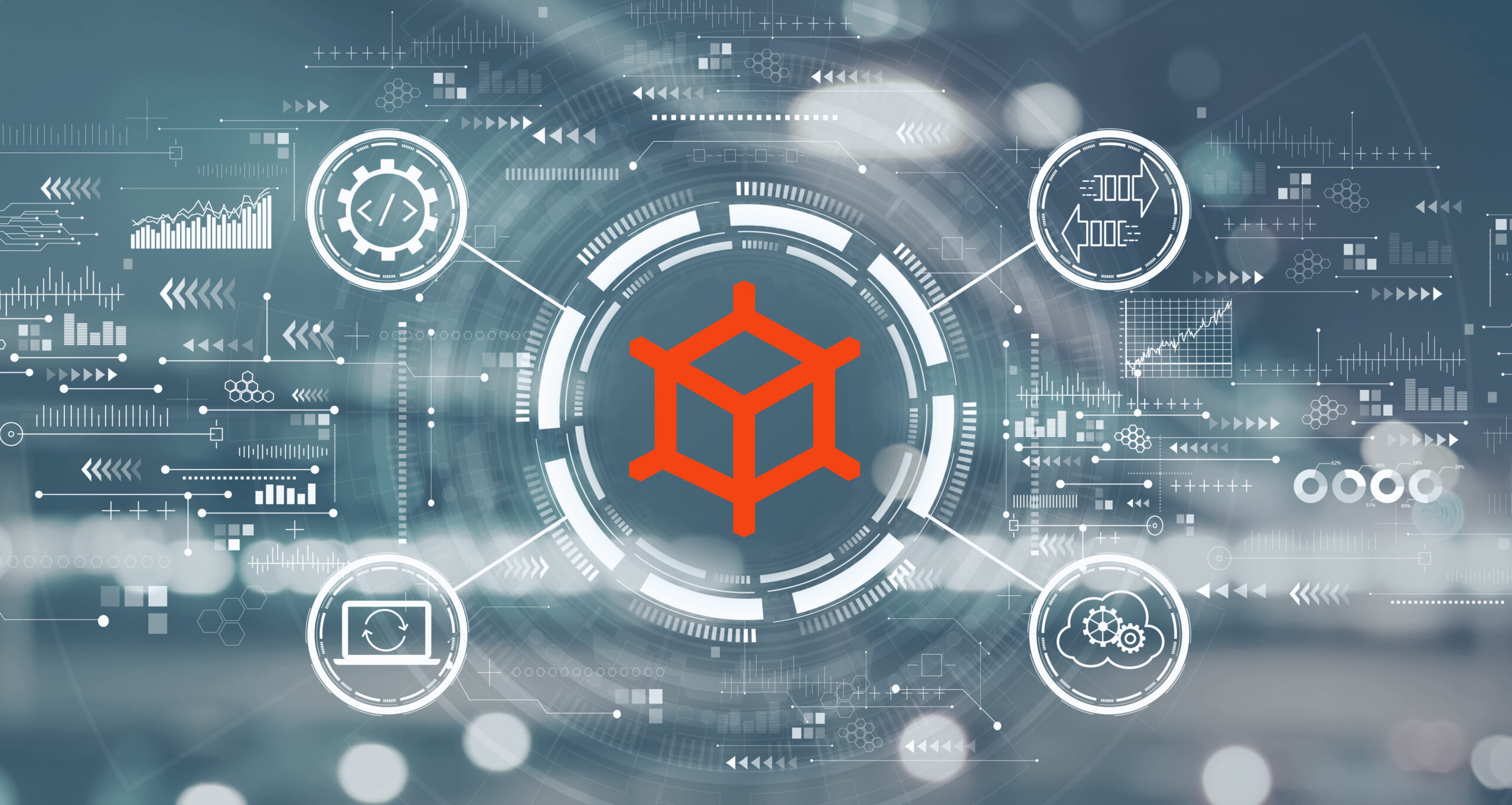Inconsistency kills productivity. Inconsistent data, processes and communication all but ensures a longer time to market, stretched sales cycles, higher employee and customer churn—and more.
Integration platform as a service (iPaaS) solutions were built to address technology inconsistencies and connect any application, database or system more easily and with a greater level of control.
iPaaS means there’s no need to alter applications that already work, buy new systems that are designed to work together, but might not really fit your needs or force one standard on all your IT and dev teams. Integration makes it all consistent without upending your infrastructure or workflows.
Today, iPaaS can also be used to address another inconsistency, one you might not even be thinking about: API inconsistency.
Enabling API Initiatives with iPaaS
As Gartner notes in their report, How Pervasive Integration Enables Your API Initiatives (and Vice Versa), “API inconsistency, not technical interoperability, is nowadays the main challenge when it comes to making independently designed, API-based applications work together.”
While iPaaS solutions were initially created to address the challenges of connecting apps, the models and logic that are used in integration can easily be translated to APIs.
Even though APIs are widely accepted throughout almost every industry in the world, not all APIs are the same. APIs will be different depending on whom is creating them, when and for what. There will be inconsistencies in the format of data and the meaning of data.
The best way to bridge this gap is with an iPaaS that makes data consistent and readable, no matter what system, application, microservice or APIs is receiving it. An API integration platform that enables developers to create and publish APIs and microservices from existing integrations, removes inconsistency entirely—and means that these APIs, microservices and integrations can be reused across many different services, both internally for employees and externally for partners or customer.
“Anecdotal evidence from Gartner clients’ experience suggest that by using an integration platform, time to value for integration logic can be reduced by up to 75% versus custom coding.”
– Gartner, How Pervasive Integration Enables Your API Initiatives (and Vice Versa)
And remember that greater level of control that iPaaS offers when it comes to integration? Well, the same goes for API integration. IT teams can use an iPaaS with the capability to create, publish, manage and measure APIs; essentially, controlling the entire API lifecycle (not to mention all the integrations, too) on the same, secure platform.
Consolidating APIs and integration projects into one platform unleashes the transformative power of both. As Gartner notes, “APIs and integration technology are intimately correlated. Integration technology reduces the time to value of the APIs and APIs facilitate certain aspects of integration.”
iPaaS and APIs are two sides of the same coin. With the right iPaaS that can do it all on a single platform and remove the obstacle of inconsistency, you can begin to innovate faster than ever before.
Download the Gartner report now: How Pervasive Integration Enables Your API Initiatives (and Vice Versa)



